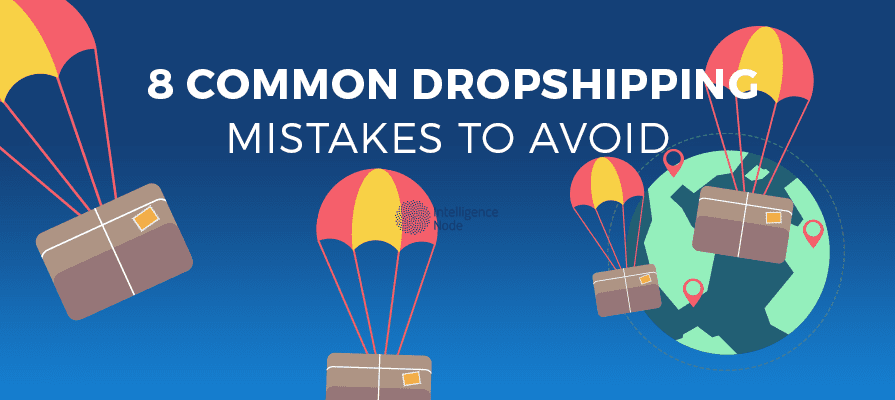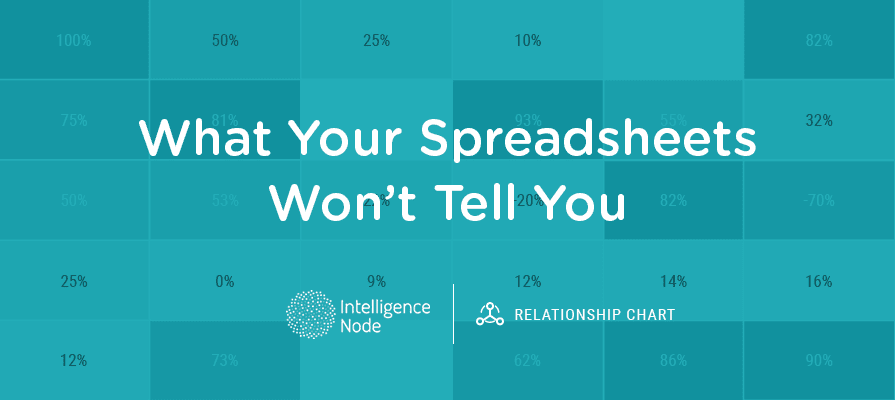Amid the grim economic landscape of the recession, many retailers turned to deep discounting as a means to combat weak demand and shrinking profit margins. This provided a much-needed injection of revenue in the depressed market.
However, what was intended to be a short-term solution, unintentionally resulted in the establishment of new price norms in the consumer’s eye. The constant price drops diminished brand equity and contributed to sinking bottom lines.
Indeed a 2012 article on TIME’s website read; “less than 1% of J.C. Penney’s revenues come from items bought at full price…What this tells shoppers is that J.C. Penney’s original prices are pretty much meaningless. They’re floated out there to see if any suckers bite”.
When retailers offer discounted pricing on goods too frequently, people invariably become accustomed to the lower prices. Before long consumers regard the “everyday” price as unreasonable, or unnecessary, opting instead to wait until the brand/product is placed on sale again. This is particularly true of online purchases, where consumers can “watch” items until they are on sale again.
The product is then purchased only at a discount, which further reduces the value of a brand and is often accompanied by an underlying assumption that quality has also declined. Constant price reductions may also cannibalize sales from loyal customers, otherwise willing to pay full price.
And so goes the suffocating cycle of deep discounting – but fear not, there is light at the end of the tunnel.
In response, industry leaders like Google, Amazon, and Facebook began using AI and machine learning algorithms to understand the behavior and tendencies of both consumers and competitors. Identifying real-time patterns and trends within market data has enabled them to respond to fluctuating market conditions at the drop of a hat.
Gone are the days when static pricing and rules-based systems were good enough to drive the bottom line. To stay competitive retailers must look beyond basic price history.
Not surprisingly, companies that harness the potential of AI and big data to forecast market trends – and who effectively convert the insights gleaned into actionable processes – are more likely to gain a competitive edge in the market.
Dynamic price optimization, or real-time pricing, enables retailers to accurately pinpoint real-time gaps in competitors pricing and/or inventory levels, and respond promptly and strategically. By leveraging rivals’ stockouts and marketing cycles, retailers can effectively balance full price sell-throughs with attractive promotions – all the while remaining competitive without just resorting to blanket discounts and sales every other month.
Enter Intelligence Node’s 360º pricing tool.
Price optimization strategies yield the greatest potential for increasing profitability since recommendations are based on real-time market insight.
360º pricing enables retailers to adapt marketing strategy and maximize profitability through real-time analysis of fluctuating market data across a company’s entire assortment. This includes purchase history, product demand, competitor pricing & inventory levels, consumer behavior, sell-through goals, seasonality and more.
Dynamic pricing isn’t only about dropping prices to meet sales targets. Another promising application involves motivating consumer behavior. Carefully timed seasonal or occasional price adjustments can boost profits during special events or holidays. Alternatively, fragmented pricing could allow for multiple price points on the same product, perhaps offering more attractive pricing on larger volumes, appealing to a wider audience of buyers.
A successful dynamic pricing strategy provides retailers with real-time market visibility, creating benchmarks for product pricing and market demand. The ability to quickly adjust prices to reflect shifting consumer expectations, competitor inventory, and prevailing market conditions help to ensure they stay ahead of the competition.
Beat competitors to the punch.
With the prominent rise and widespread use of AI capabilities, the emphasis is no longer on how to manage the data, but how to capitalize on the actionable insights acquired from the technology. Retailers are looking to leverage the analytical power of AI to help combat the slippery slope of deep discounting cycles that so many have fallen into.
Utilizing the processing power of AI gives retailers the ability to predict and react to market changes with minimal human intervention for a faster, more coherent pricing strategy. What’s more, they can tactically roll out discount cycles based on those of their competitors, as well as the spending habits of consumers, rather than simply reacting to changes in the market once the party is already winding down.
With 360º pricing, data analytics also allow companies to reach deeper market penetration. Instead of focusing solely on competitors whose products match their SKU’s exactly, advanced similarity matching can uncover similar sellers and products, that are likewise competing for market visibility.
Including similar matches illuminates a broader scope of related products. More data translates into more robust competitive insights, enabling retailers to respond faster and more strategically across their entire target market.
Stop chasing your tail – deep discounting is a bad investment
The promise of a large influx of new customers can be tempting. However, it has become clear to many retailers that deep discounting is not the magic bullet some hoped it would be. You don’t need look any further than the daily deal sites (whose entire business model is predicated on discounted products and services) to see this is true.
Companies need to focus more on understanding their target audience to attract loyal customers who are willing to pay for value, rather than price-sensitive consumers with little or no brand loyalty, who are only concerned with the best deal. By shifting focus to innovative alternatives to the discounting cycle, retailers are more likely to improve demand and customer acquisition, resulting in increased conversion rates and higher ROI.
In order to break the cycle of deep discounting and expand profit margins, retailers need to embrace evolving industry trends and ‘find their sweet spot’. This means leveraging the marketing potential of AI and big data analytics to heighten market awareness and, improve the bottom line. Disruptive technology like 360º pricing can help them get there.
To understand how 360º pricing, data analytics can help your business. Get a Demo.
References:
- 2017 knowledge@wharton University of Pennsylvania – The Death of the Daily Deal
- Annual net income of Groupon from 2009 to 2018 – Statista
- Number of Groupon’s active customers from 2nd quarter 2009 to 3rd quarter 2019 – Statista




